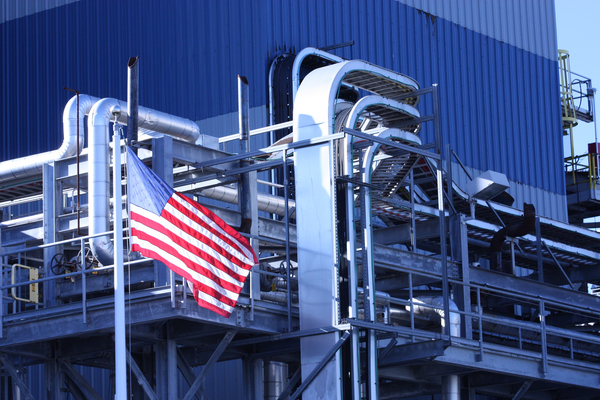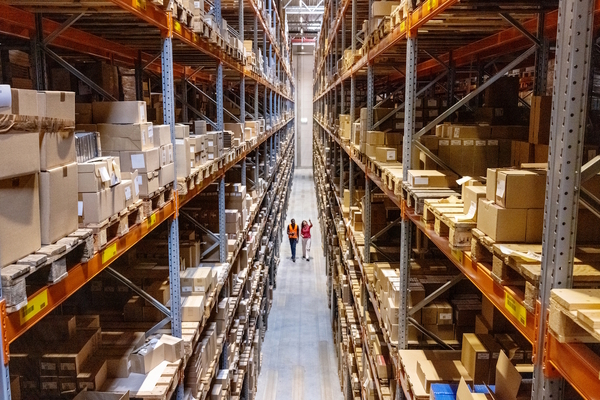SupplyChainTalk: Reimagining reverse logistics - navigating costs and trends in fast-fashion returns
On 20 November 2024, SupplyChainTalk host Alastair Charatan was joined by Mostafa Hajiaghaei-Keshteli, Associate Professor (Research), Industrial Engineering, Tecnologico de Monterrey; Ray Fowler, Director, FOR Partnership; andSamantha Taylor, Founder, The Good Factory
Views on news
Asos has expanded its tie-up with Hirestreet to launch a new subscription rental service for shoppers in what it dubbed “the biggest retailer-rental collaboration the UK market has seen to date”. Hirestreet subscribers will be able to rent five garments per month for £75, and can choose from more than 20,000 Asos products. This is a model that has product returns and cleaning as its integral components, which both have strong sustainability implications.
Fashion retailers have been struggling for many years with customers buying an item and – having worn it at a weekend party – returning it to the shop on Monday. Higherstreet’s renting model is making this practice legitimate. The viability of the renting model is very much dependent on the quality of clothes, which has considerably deteriorated in the past decades.
Return fees in reverse logistics
In a recent trend, retailers charge for returns or even sometimes ban customers from their sites with a track record of frequent and numerous returns. Circularity in fashion can prevail via routes other than reverse logistics – through reselling them at local second hand markets and charity shops, where there are no shipping costs. By changing the whole model, return fees can cease to be a problem. In the US, where they charge for returns, apparel return rates have gone down to 20%.
Meanwhile, a UK retailer has introduced a VIP scheme, where their loyal customers can return an item in a condition and packaging that makes it possible to sell it immediately on to a new customer. On average, it can cost up to twice as much to process an online return and prepare it for resale as selling it for the first time. Free returns are enshrined in EU law, and, after Brexit, the UK can change this policy.
Another approach is to charge customers fees for returns in line with the cost of returning and repurposing it. Returns to brick and mortar shops can be another, more sustainable path that retailers go down on. Managing high return periods such as the one after Black Monday sales, is another challenge. The horizontal integration of brands to manage these logistics challenges can help bring down reverse logistics costs. Another problem is that by the time an item is returned from the US to the UK, for example, that item may have gone out of fashion.
In terms of speed, most apparel businesses today aim for turning around a good-as-new product in its original packaging in 24 hours. Ideally, retailers can get that item back into stocks without losing money to markdowns and write-offs. For international operations, having a physical space where, for example, items such as wetsuits – which are tricky to get the size of right – may be tried on, can cut the rate of online returns significantly.
The panel’s advice
- Delivering and returning to collection lockers can significantly decrease the carbon footprint of the operation.
- Customers must understand that returns should be the last resort when trying to get the size right and they should rely more on technology to find out their correct size before the purchase.
- There is nothing sustainable about returns.

Business Reporter Team
Most Viewed
Winston House, 3rd Floor, Units 306-309, 2-4 Dollis Park, London, N3 1HF
23-29 Hendon Lane, London, N3 1RT
020 8349 4363
© 2025, Lyonsdown Limited. Business Reporter® is a registered trademark of Lyonsdown Ltd. VAT registration number: 830519543





